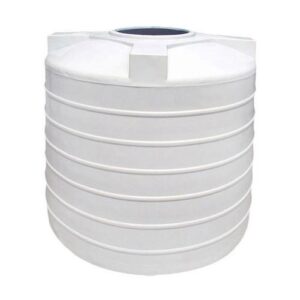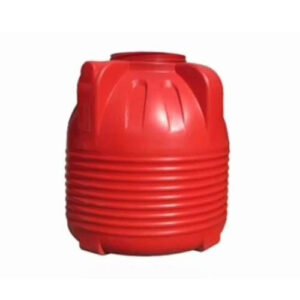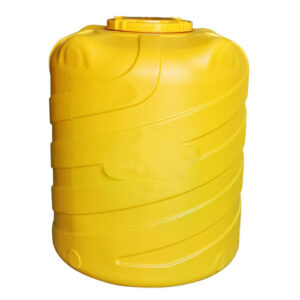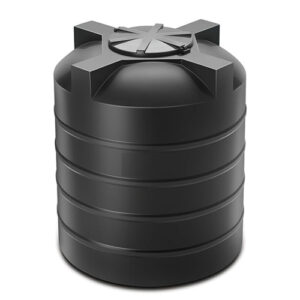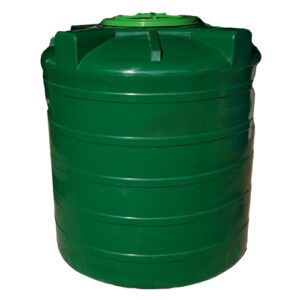Water Tank Powder
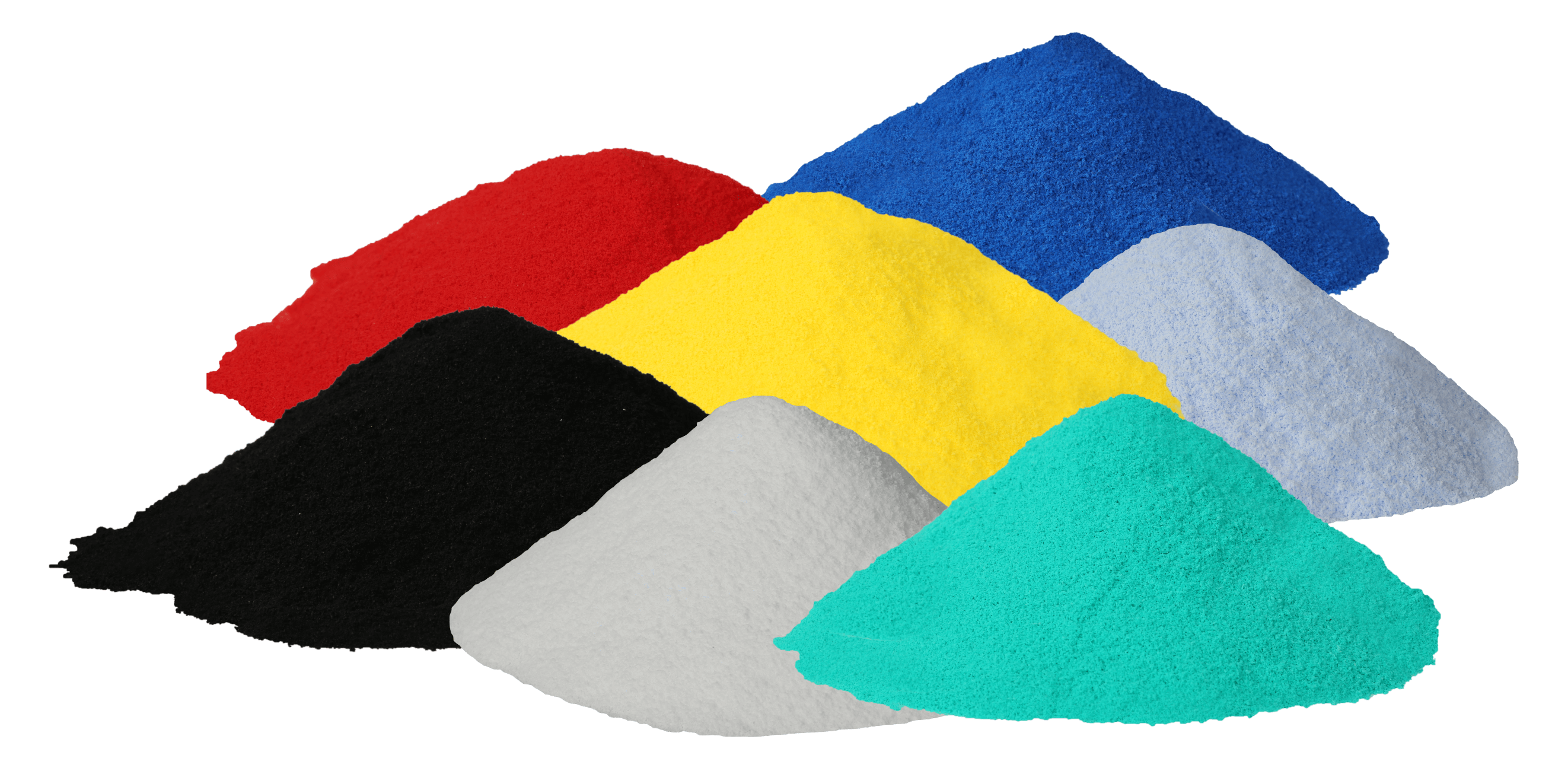
The Water Tank Powder is then put to a broad trial of Dry Flow, Particle Size Distribution, and Bulk thickness. When every one of these tests is done It is Rotomoulded at various PIAT’s in little shape form. The example is acquired from these solid shapes for additional mechanical testing, for example, Flexural Strength, Tensile Strength, Elongation, ARM Low-Temperature Impact Strength and so on subsequent to going along to all inhouse test boundary the cluster is checked and marked as approved for packing and dispatch.
Once all unrefined substances are finished through quality assessments, they are dosed according to necessity in a conclusive creation clump for compounding. Subsequent to compounding, we test gum on consistency and thickness to guarantee they are great for Roto Moulding. Then, at that point, they are pounded on with handcrafted portions/edges which guarantees the shape and size of the powder are set up.
Water Tank Powder
| Packaging Size | 20 Kgs |
| Packaging Type | Bags |
| Physical State | Powder |
| Brand | rototech |
| Colour Availability | White, Red, Yellow, Black, Green, Blue |
| Applications | Plastic Water Storage Tanks |
| Grade Standard | Technical Grade |
| Usage | Industrial |
| Density | 0.936 gm/cm3 |
| Melt Flow Rate (MFR) | 4.5 gm/10 min |
| Tensile Strength Yield | (185) (18) (2610) (kg/cm2) (Mpa) (Psi) |
| Tensile Strength at Break | (120) (11.75) (1705) (kg/cm2) (Mpa) (Psi) |
| Storage | Bags should be stored in dry/closed conditions at temperature below 50 oC |
| Elongation at Break | 165% |
| Price | 100 Rupees to 180 Rupees Per Kilogram |
| Minimum Order Quantity | 500 Kilograms |
| Sample | Paid Sample Available |
| *Note: This is the Standard Technical Specification, It May Change based on End Product Applications & Custom Requirements | |
The Quality You Can Rely On
We offer our extremely reliable Water Tank Powder at a convenient and cost-effective range of price. The compounds are planned and fabricated remembering the necessities of the Rotomoulding Process which requests brilliant warm strength. Every one of our grades can be rotomoulded with a similar temperature profile, as is being utilized while rotomoulding prime grades. Following are some of the exceptional qualities of our mixtures.
The Thermal Stability Is Taken Care Of
When the polymer is presented to warm openness, it instigates oxidation which can prompt unfortunate impacts like staining, the disintegration of mechanical properties and changes in liquefy consistency. We guarantee all our compounds are thermally steady by dosing Anti-Oxidants. We utilize a mix of essential and auxiliary Anti-Oxidants which comprises impeded phenols and phosphites. This guarantees the mechanical properties of our mixtures are flawless.
Manufactured To Last A Lifetime
We have guaranteed our structure of unrefined substances are chosen and mixed with extreme attention to detail to guarantee they interact and form on precisely the same temperature settings as are utilized while rotomoulding prime mixtures. In addition to our powder, yet even our Raw Material goes under thorough quality testing prior to being handled further. Every one of our mixtures sticks to standard PIAT (PEAK INTERNAL AIR TEMPERATURE) prerequisites which is between 190-210℃.
We have our client established across the globe to guarantee the simple obtainment of our mixtures and we have faith in stringently holding fast to our conveyance plans.
Package-Ready To Purchase
The pack configuration is redone to guarantee strategic accommodation while dealing with. At the point when filled it comes to fruition of box that guarantees simple taking care of while stacking and dumping on stacks/beds. Being stuffed on automated pressing lines guarantees accurate weight, spillage evidence alongside amazing dampness obstruction. The sacks are set apart with powder group subtleties on 2 sides which guarantees regardless of how it is stacked, it is simple for administrators to recognize the material.
Grades Detail
Water Tank Powder Grades Specifications | Grade Name | |||||
RototechR36I45 | RototechR39I38 | |||||
Specimen Type | ||||||
Parameter | Standard | UOM | Compression Molded | Rotomolded | Compression Molded | Rotomolded |
MFI | ASTM D1238 | gm/10 min | 4.5 | 3.8 | ||
Density | ASTM D 1505 | gm/cm3 | 0.936 | 0.939 | ||
Recommended PIAT * | In-lab StdPrc * | oC | 190 oC | 190 oC | ||
Tensile Strength at Yield | ASTM D638 | (kg/cm2) (Mpa) (Psi) | (180) (17.5) (2540) | (185) (18) (2610) | (215) (21) (3050) | (210) (20.5) (2975) |
Tensile Strength at Break | ASTM D638 | (kg/cm2) (Mpa) (Psi) | – | (120) (11.75) (1705) | – | (120) (11.75) (1705) |
IZOD Impact Strength | ASTM D256 | Kg.cm/cm | 25 | 22 | ||
ARM Low Temperature | ARM Standard (3.17mm @ -40 oC/oF) | (J/mm) (ft/lbs) | – | (22) (80) | – | (22) (80) |
Flexural Modulus At 1% Strain | ASTM D790 | (kg/cm2) (Mpa) (Psi) | (6000) (590) (85575) | (2300) (225) (32630) | (9000) (880) (127625) | (2300) (225) (32630) |
Elongation at Yield | ASTM D638 | % | 20 | 14 | 15 | 12 |
Elongation at Break | ASTM D638 | % | 600 | 165 | 350 | 110 |
ESCR | ASTM D1693 | Hrs | 350 | 350 | 300 | 300 |
*PIAT For moulding oven temperature was 300 oC and cube mould of size 175mmx175mmx175mm was moulded with wall thickness of 3.17mm.
Available Colours

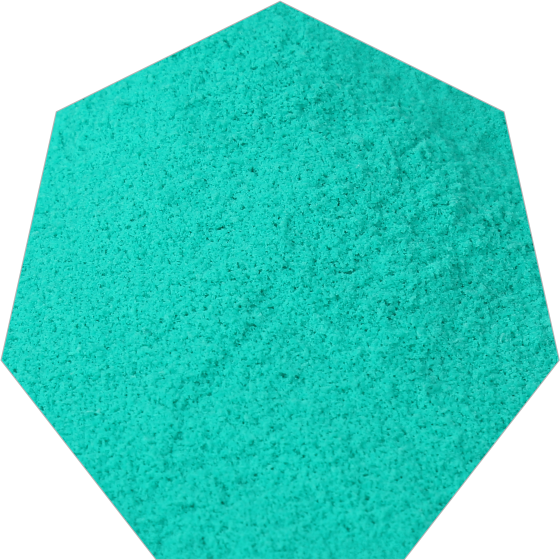
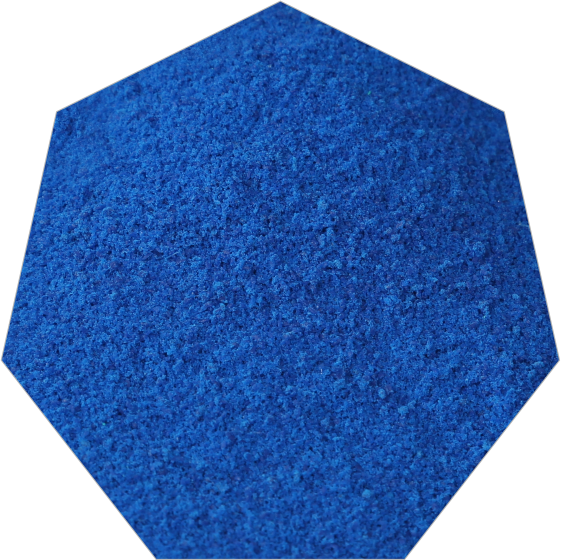
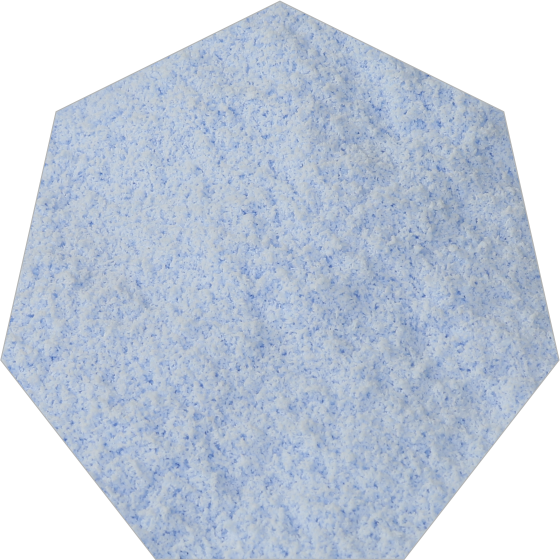
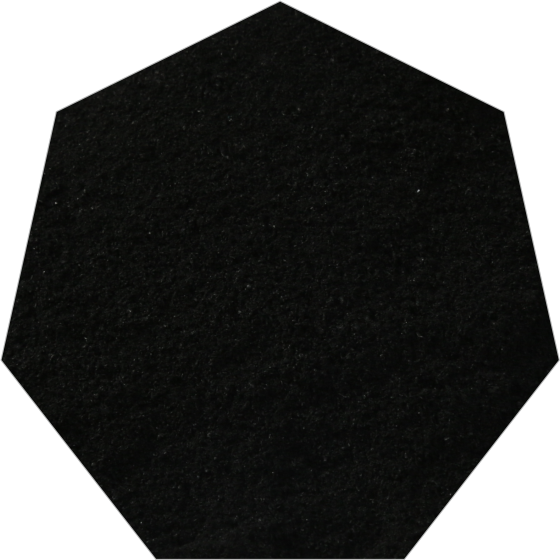
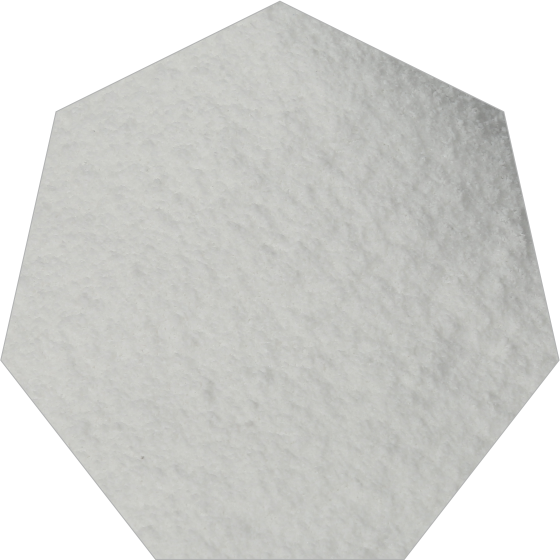

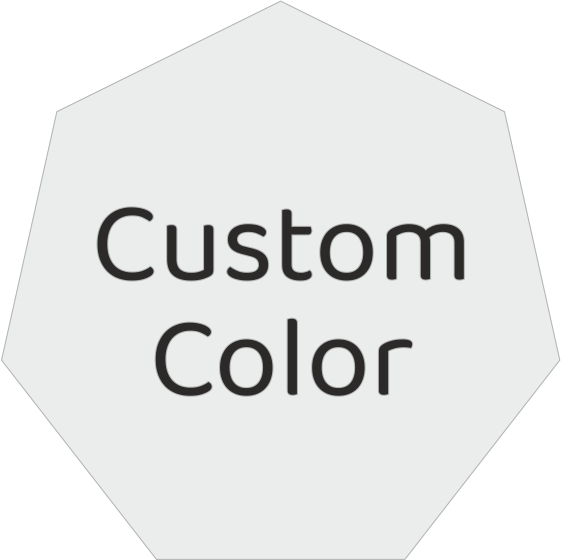
Note: We can also make the custom powder based on your requirements.
FAQs
What is Water Tank Powder?
Water Tank Powder is a specialized Linear Low-Density Polyethylene (LLDPE) Rotomoulding Powder designed for manufacturing water storage tanks. It provides high impact strength, UV resistance, food-grade safety, and durability to ensure the longevity of water tanks.
Why is LLDPE used for water tank manufacturing?
LLDPE (Linear Low-Density Polyethylene) is preferred because of:
High flexibility and toughness – Prevents cracks under stress.
Excellent chemical resistance – Safe for storing potable water.
Good UV stability – Prevents degradation from sunlight exposure.
Non-toxic and food-grade properties – Ensures safe water storage.
What are the key technical properties of Water Tank Powder?
| Property | Typical Value | Standard |
| Base Polymer | LLDPE (Linear Low-Density Polyethylene) | – |
| Density | 0.918 – 0.939 g/cm³ | ASTM D792 |
| Melt Flow Index (MFI) | 3-5 g/10 min (190°C, 2.16 kg) | ASTM D1238 |
| Bulk Density | 0.35 – 0.45 g/cm³ | – |
| Particle Size Distribution | 200-500 microns | ASTM D1921 |
| Tensile Strength | ≥ 20 MPa | ASTM D638 |
| UV Resistance | 5000-8000 hours of UV exposure | ASTM G154 |
| Food-Grade Certification | FDA Approved | – |
What is the importance of UV resistance in Water Tank Powder?
Water storage tanks are exposed to direct sunlight, leading to polymer degradation.
UV-resistant additives (HALS – Hindered Amine Light Stabilizers) prevent:
- Cracking and brittleness due to prolonged UV exposure.
- Color fading and loss of mechanical properties.
Degradation of stored water quality.
What is the significance of food-grade certification in Water Tank Powder?
FDA (Food and Drug Administration) approval ensures that the material is:
- Non-toxic and safe for drinking water.
- Free from harmful contaminants like Bisphenol A (BPA), phthalates, and heavy metals.
- Chemically stable and does not leach into stored water.
What role does Melt Flow Index (MFI) play in Water Tank Powder?
MFI (Melt Flow Index) defines the flowability of molten polymer:
Low MFI (3-5 g/10 min) → Ideal for thicker-walled tanks with high strength.
High MFI (>6 g/10 min) → Suitable for thin-walled tanks, but may reduce impact strength.
What are the different grades of Water Tank Powder?
Standard Grade – Basic LLDPE powder with good mechanical properties.
UV-Stabilized Grade – Enhanced with HALS UV stabilizers for outdoor tanks.
Antimicrobial Grade – Contains biocides to prevent bacterial growth.
High-Impact Grade – Modified for superior toughness and durability.
What is the recommended processing temperature for Water Tank Powder?
180°C – 220°C, depending on:
Wall thickness → Higher temperatures for thicker walls.
Powder grade → UV-stabilized and antimicrobial grades require precise control.
What are the advantages of using Antimicrobial Water Tank Powder?
Contains antimicrobial additives (like silver-ion technology) that:
- Prevent bacterial and fungal growth inside the tank.
- Maintain water purity for a longer duration.
Reduce biofilm formation on tank walls.
How does particle size distribution impact rotomoulding?
200-500 microns is ideal for:
Uniform flowability and proper fusion.
Minimal pinholes and voids in the final tank.
Efficient heat absorption and even wall thickness.
How does wall thickness affect the durability of water tanks?
Thicker walls (6-10 mm) → Higher impact strength, better insulation.
Thinner walls (3-5 mm) → Lightweight but may be less durable.
Multi-layer tanks (double-layer or triple-layer) → Provide UV protection and extra strength.
What is the difference between single-layer and multi-layer water tanks?
| Feature | Single-Layer Tank | Multi-Layer Tank |
| Layers | 1 | 2, 3, or more |
| UV Resistance | ❌ Lower | ✅ Higher |
| Insulation | ❌ Basic | ✅ Better (Prevents overheating of water) |
| Strength | ❌ Moderate | ✅ Superior impact resistance |
| Cost | ✅ Cheaper | ❌ Slightly higher |
How do UV-stabilized and black-colored tanks provide better performance?
Black-colored tanks absorb less UV radiation, reducing degradation.
UV-stabilized tanks last 5-10 years longer than non-stabilized ones.
What is the significance of impact strength in Water Tank Powder?
Impact strength ensures resistance to cracking and breakage, preventing failures due to:
Temperature variations.
Mechanical stress during transportation.
Environmental factors (wind, rain, UV exposure).
Can Water Tank Powder be used for underground water storage tanks?
Yes! Special grades of Water Tank Powder are designed for:
High load-bearing capacity to resist soil pressure.
Reinforced wall thickness to prevent deformation.
Resistance to soil chemicals and moisture.
How does cooling rate impact the final tank quality?
Slow cooling → Prevents warping and internal stresses.
Fast cooling → May cause shrinkage and weak spots.
Optimal cooling → Ensures dimensional stability.
What are the environmental benefits of using LLDPE-based Water Tank Powder?
100% recyclable.
Low carbon footprint.
Energy-efficient manufacturing.
No toxic emissions during processing.
How does Antioxidant Additives (AO) help in Water Tank Powder?
AO (Antioxidant Additives) prevent:
Thermal degradation during high-temperature processing.
Oxidation of polymer chains, ensuring long-term durability.
What are the quality control tests for Water Tank Powder?
MFI Testing – Ensures correct flow properties.
UV Stability Testing – Simulates sun exposure.
Impact Resistance Testing – Measures toughness.
Chemical Resistance Testing – Assesses compatibility with stored water.
What are the challenges in using Water Tank Powder for manufacturing?
Inconsistent particle size – Affects uniformity.
Improper UV stabilization – Leads to faster degradation.
Moisture contamination – Reduces powder flowability.

